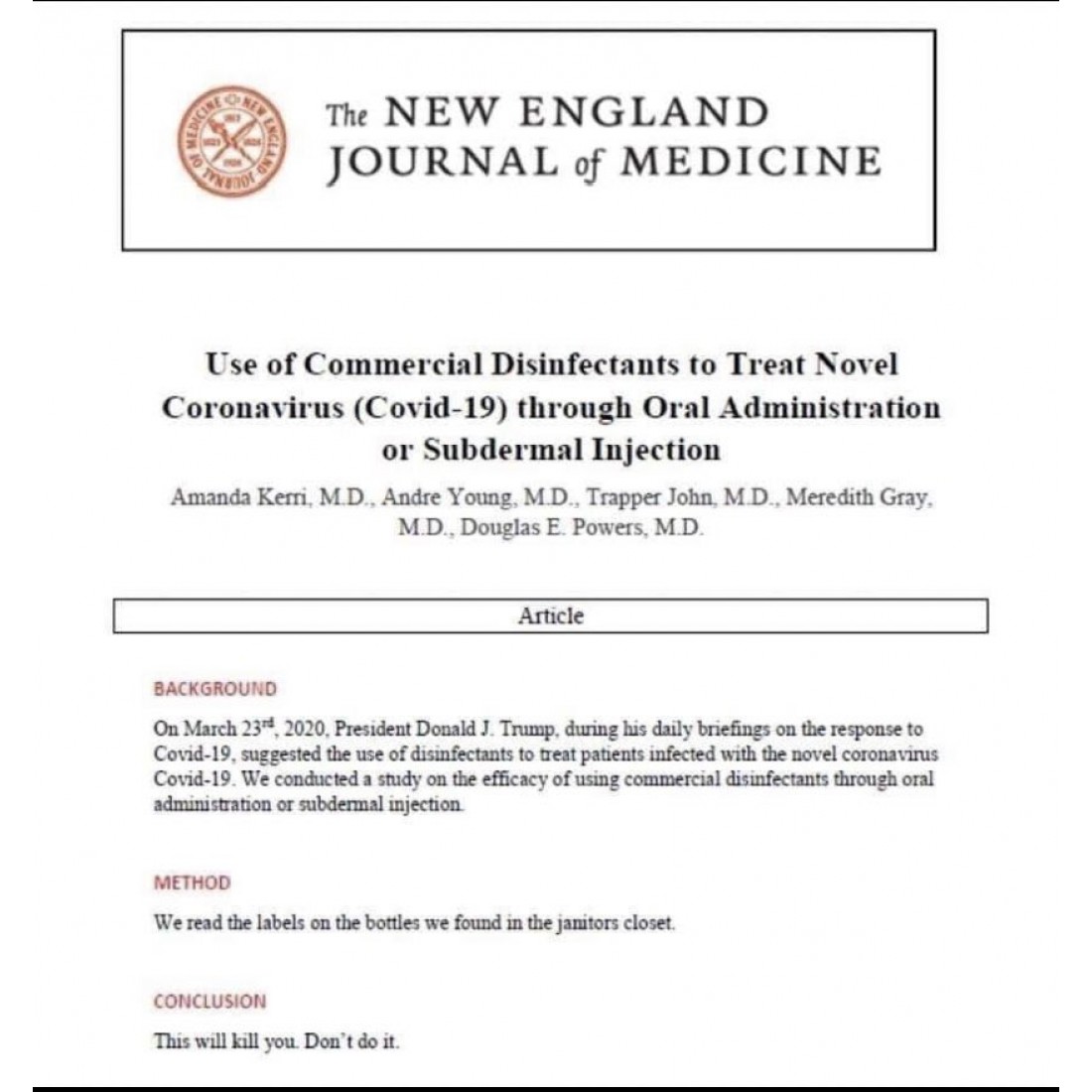
.jpg)

Overall rates of adverse events (AEs) were 77% for Dupixent and 76% for placebo. The safety results were generally consistent with the known safety profile of Dupixent in its approved indications. In this subgroup, Dupixent also led to an improvement in lung function of 232 mL versus 108 mL for placebo at 12 weeks (p=0.002) that was sustained at 52 weeks with an improvement in lung function of 247 mL versus 120 mL for placebo (p=0.003). In a pre-specified analysis from a subgroup of patients (Dupixent n=195, placebo n=188) with elevated levels (=20 ppb) of fractional exhaled nitric oxide (FeNO) – an airway biomarker of type 2 inflammation – Dupixent treatment also led to a significant 38% reduction in exacerbations compared to placebo at 52 weeks (p=0.005). As presented and published, patients receiving Dupixent (n=468) compared to placebo (n=471) added to maximal standard-of-care inhaled triple therapy experienced a: 30% reduction in moderate or severe acute COPD exacerbations over 52 weeks (p<0.001), the primary endpoint 60 mL improvement in lung function from baseline at 12 weeks versus 77 mL (p<0.001) Numerical improvements were observed as early as 2 weeks, with the benefit versus placebo sustained through 52 weeks (Dupixent: 153 mL, placebo: 70 mL p<0.001) 9.7-point improvement in health-related quality of life (QoL patient-reported outcome on a scale from 0-100) from baseline at 52 weeks versus a 6.4-point improvement (p=0.002), with numerical improvements observed as early as 4 weeks 2.7-point reduction in respiratory symptom severity (patient-reported outcome on a scale from 0-40) from baseline at 52 weeks versus a 1.6-point reduction (p=0.001). The results presented at ATS and published in NEJM are from the BOREAS trial, which met the primary and all key secondary endpoints. In the US alone, approximately 300,000 people live with uncontrolled COPD with evidence of type 2 inflammation. Smoking and exposure to noxious particles are key risk factors for COPD, but even individuals who quit smoking can still develop or continue having the disease. COPD is also associated with a significant health and economic burden due to recurrent acute exacerbations that require systemic corticosteroid treatment and/or lead to hospitalization or even death. Symptoms include persistent cough and breathlessness that may not only impair the ability to perform routine daily activities, but can also lead to anxiety, depression and sleep disturbances. Dupilumab also helped improve health-related quality of life measures, which, from my years of experience as a physician, are just as meaningful for patients as being able to breathe easier.”ĬOPD is a life-threatening respiratory disease that damages the lungs and causes progressive lung function decline.
NEW ENGLAND JOURNAL OF MEDICINE TRIAL
This trial showed that dupilumab has the potential to impact the vicious cycle of exacerbations and lung function decline in patients with uncontrolled COPD with type 2 inflammation, and significantly improve respiratory symptoms. Surya Bhatt, M.D., MSPH, Associate Professor at the University of Alabama at Birmingham Division of Pulmonary, Allergy, and Critical Care Medicine, and a co-principal investigator of the trial, said: "I've seen patients with uncontrolled chronic obstructive pulmonary disease struggle for far too long with the debilitating symptoms of this progressive disease – with limited, incremental improvement on current treatment options. These results also presented in the “Breaking News: Clinical Trial Results in Pulmonary Medicine” session on May 22. Discussion on the Edge: Reports of Recently Published Pulmonary Research” and simultaneously published in the New England Journal of Medicine (NEJM). Positive phase 3 results evaluating the investigational use of Dupixent (dupilumab) compared to placebo in adults currently on maximal standard-of-care inhaled therapy (triple therapy) with uncontrolled chronic obstructive pulmonary disease (COPD) and evidence of type 2 inflammation were shared today in the 2023 American Thoracic Society (ATS) International Conference session “New England Journal of Medicine and JAMA. Click hereĭupixent late-breaking phase 3 COPD results presented at ATS and simultaneously published in the New England Journal of Medicine You can get e-magazine links on WhatsApp.


 0 kommentar(er)
0 kommentar(er)
